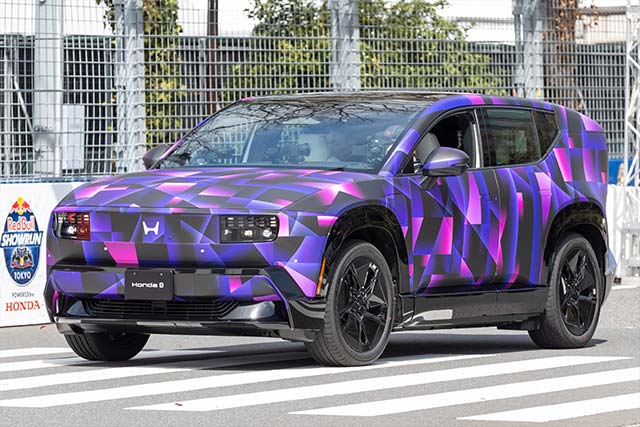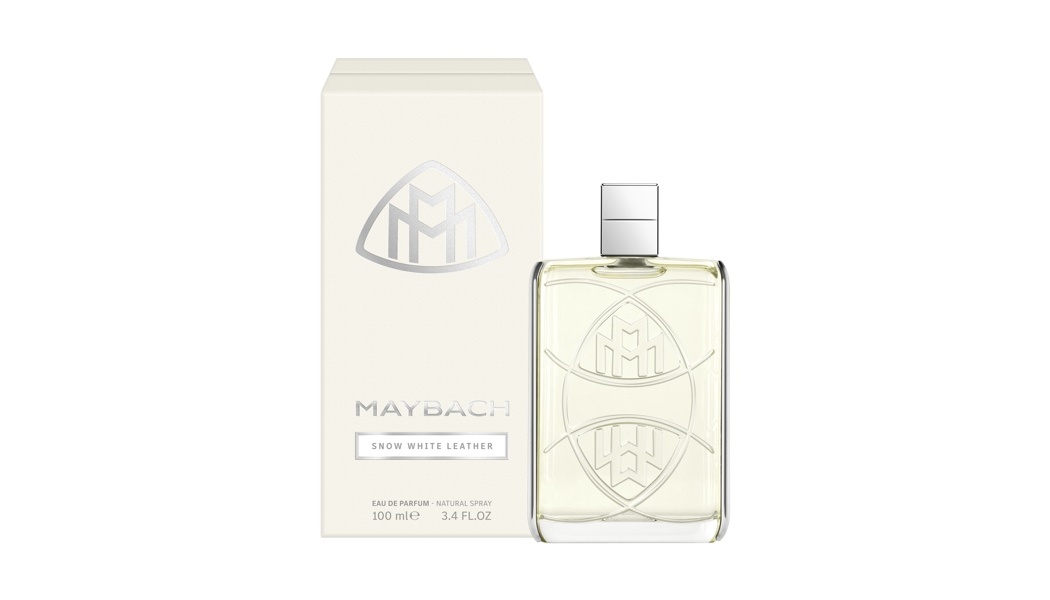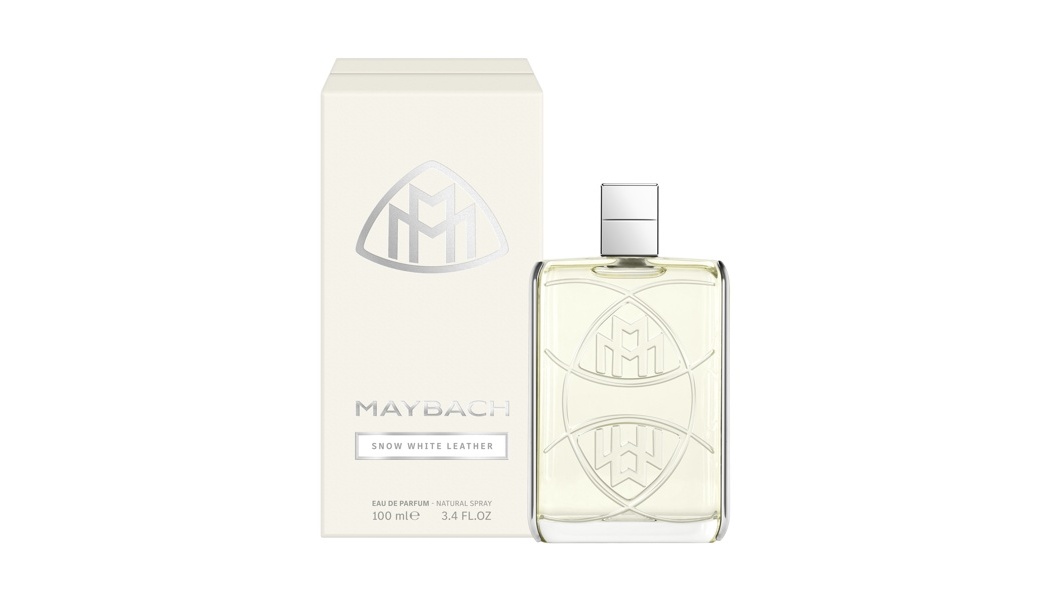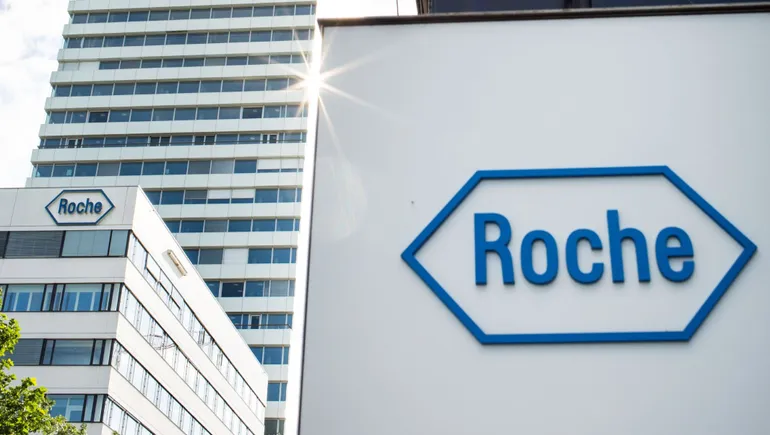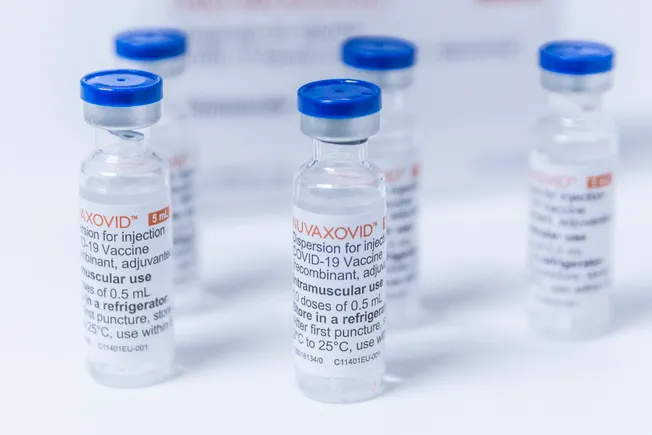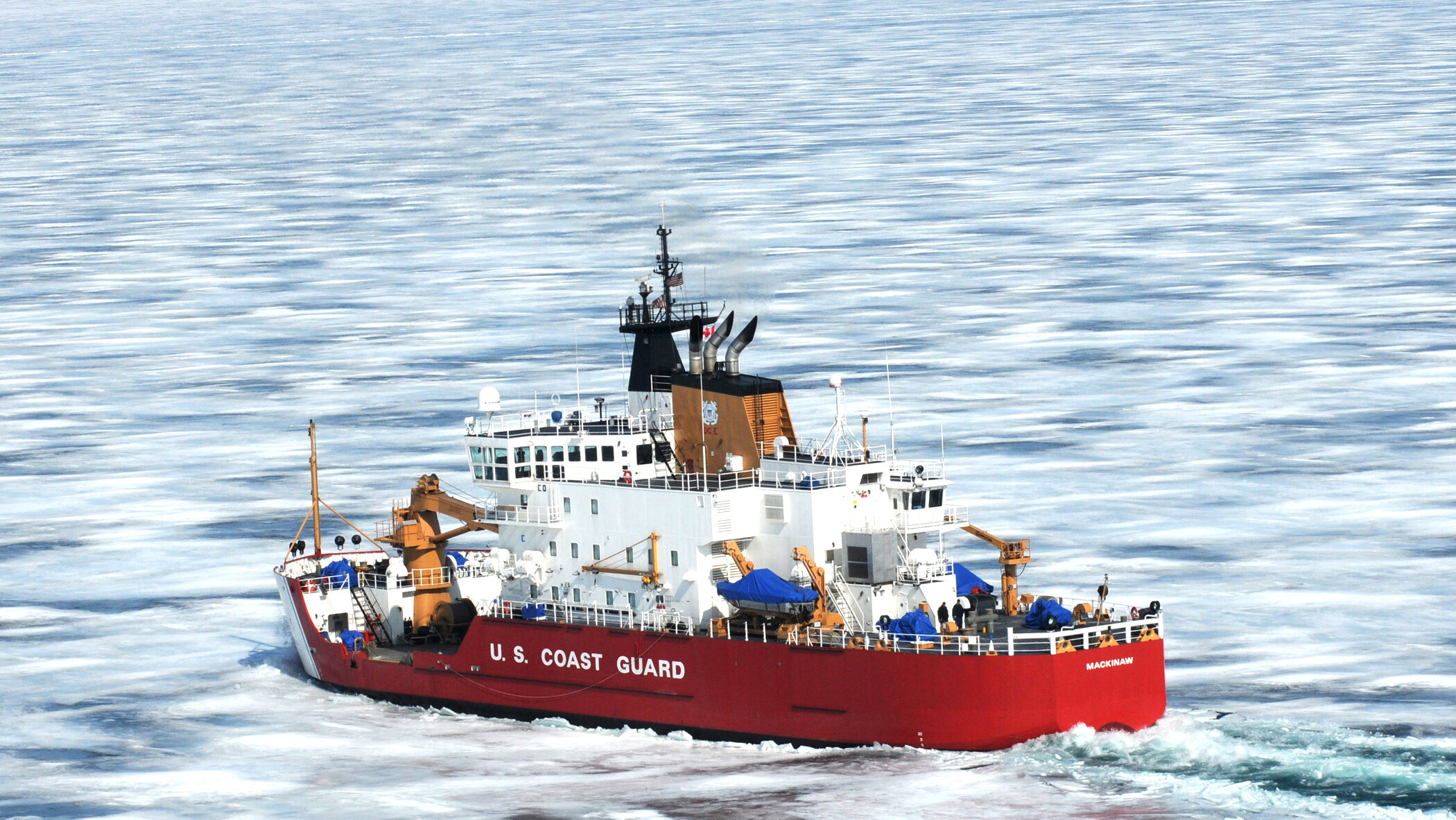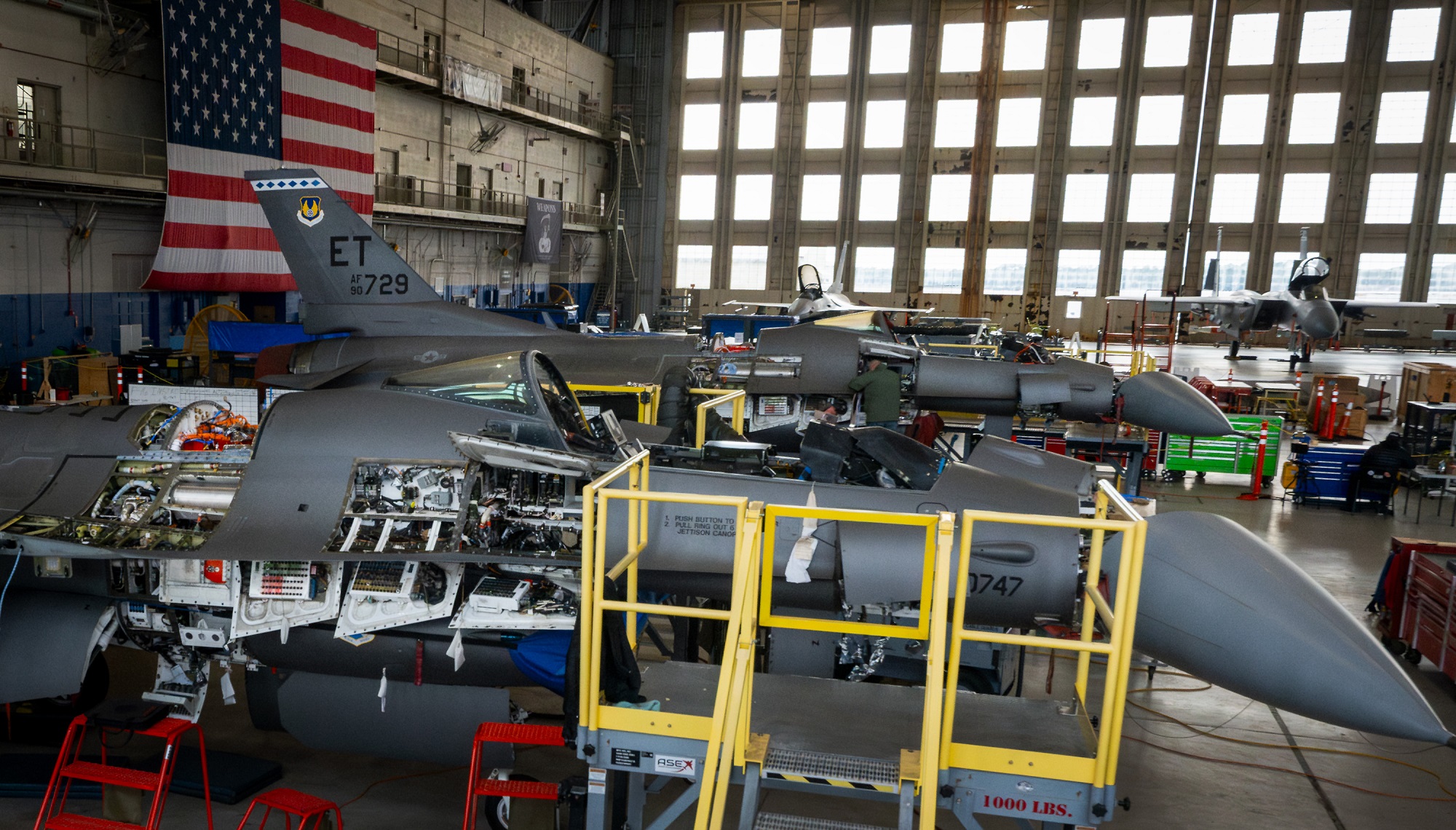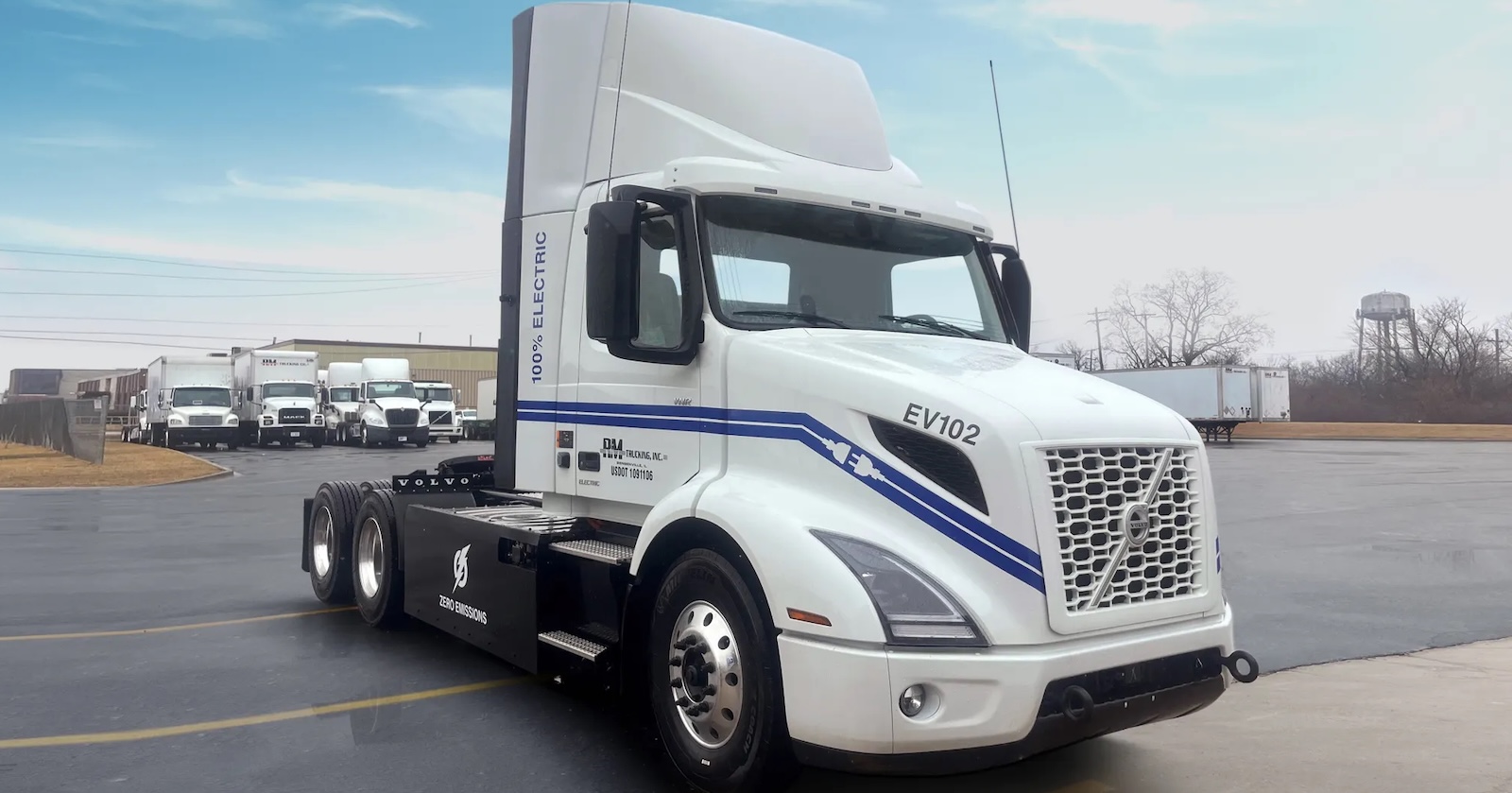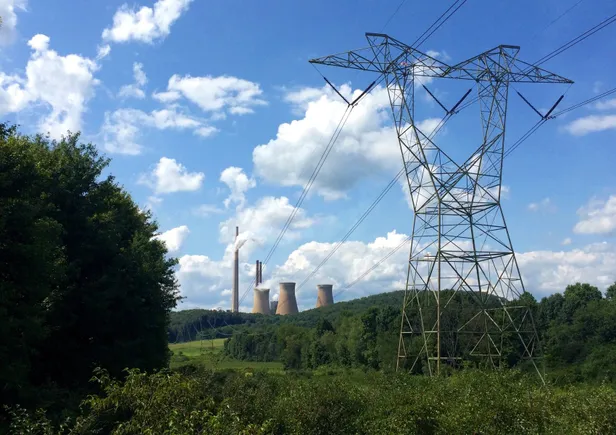Ru Single Atoms Anchored on Co3O4 Nanorods for Efficient Overall Water Splitting under pH‐Universal Conditions
Advanced Energy Materials, EarlyView.

A Ru8%-Co3O4 catalyst containing Ru single atoms (SAs) exhibits exceptional oxygen evolution reaction (OER) and hydrogen evolution reaction (HER) performance in acidic, neutral, and alkaline media. When used as the anode and cathode catalysts in an anion exchange membrane water electrolyzer (AEMWE) device, a low cell voltage of just 2.06 V is needed to achieve a current density of 1 A cm⁻2.
Abstract
Single-atom catalysts (SACs) show great promise for electrocatalytic water splitting due to their exceptional metal atom utilization efficiency. Herein, it is demonstrated that Ru single atoms (SAs) anchored on Co3O4 nanorod arrays (Rux-Co3O4, where x is the Ru loading in weight percent) afford outstanding electrocatalytic performance and durability for the oxygen evolution reaction (OER), hydrogen evolution reaction (HER), and overall water splitting across a wide pH range (0.3–14). Ru8%-Co3O4 achieves 10 mA cm⁻2 at overpotentials of only 214, 286, and 138 mV for OER, and 13, 72, and 59 mV for HER, in 1 m KOH, 0.1 m PBS, and 0.5 m H2SO4, respectively, outperforming benchmark RuO2 and Pt/C catalysts. When Ru8%-Co3O4 is utilized as the anode and cathode catalysts in an anion exchange membrane water electrolyzer (AEMWE), a cell voltage of only 2.06 V is required to achieve 1 A cm⁻2. Chronopotentiometry verified Ru8%-Co3O4 possesses excellent stability during both OER and HER at 100 mA cm⁻2 in acidic, neutral, and alkaline media. Density functional theory (DFT) calculations reveal that the abundant Ru-O-Co interfaces in Ru8%-Co3O4 shift the d-band center from −1.72 eV (for Ru cluster/Co3O4) to −1.58 eV (for Ru SA/Co3O4), creating more energetically favorable pathways for OER and HER.




























